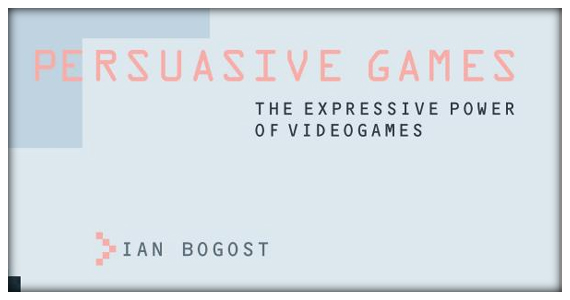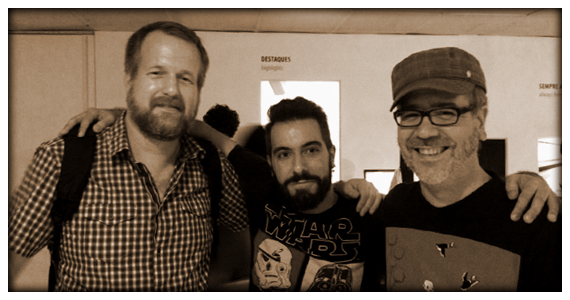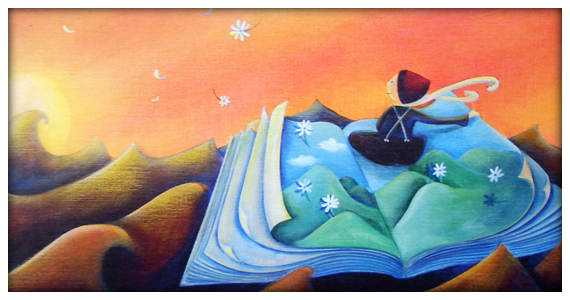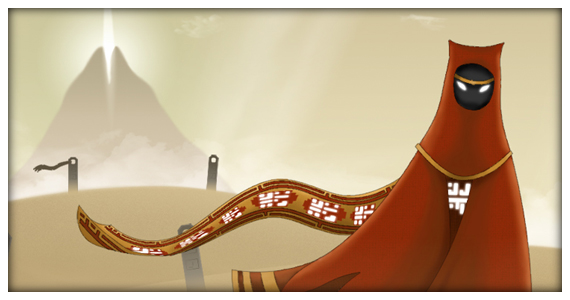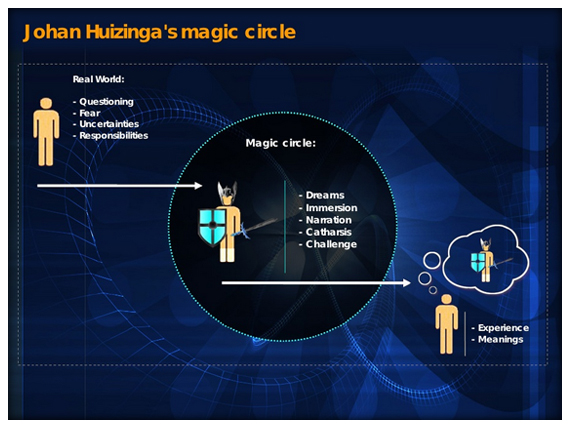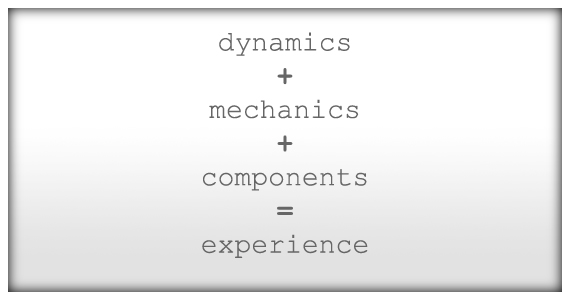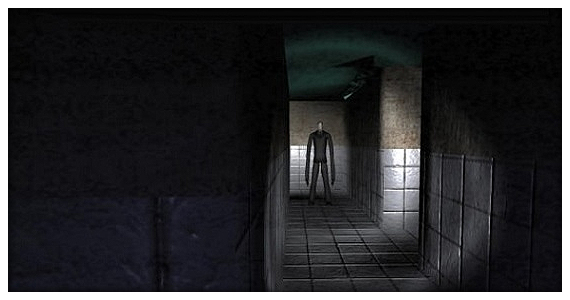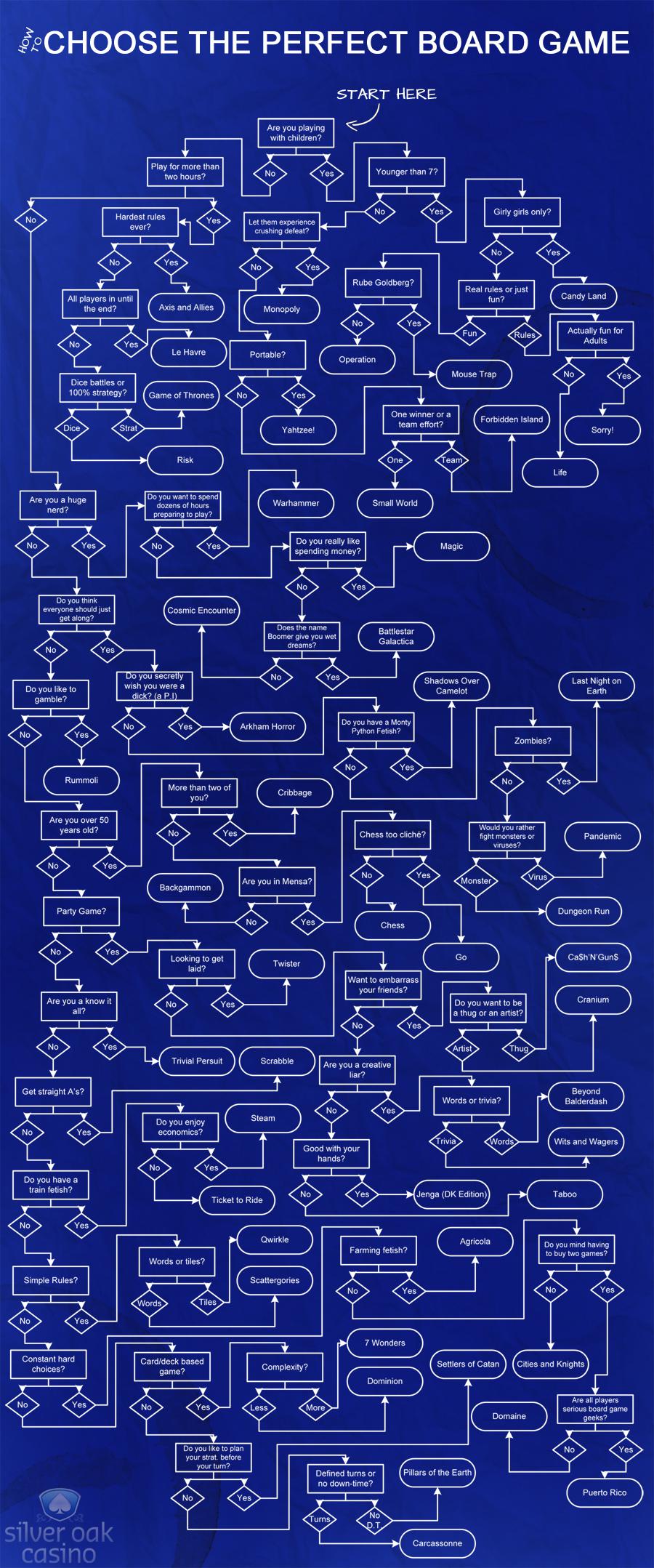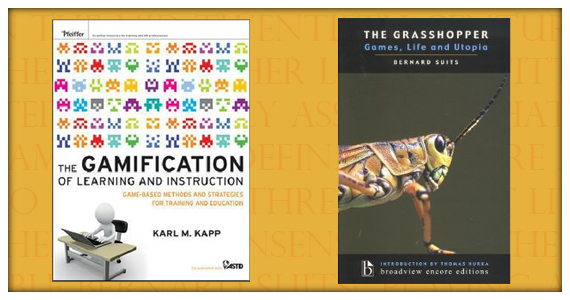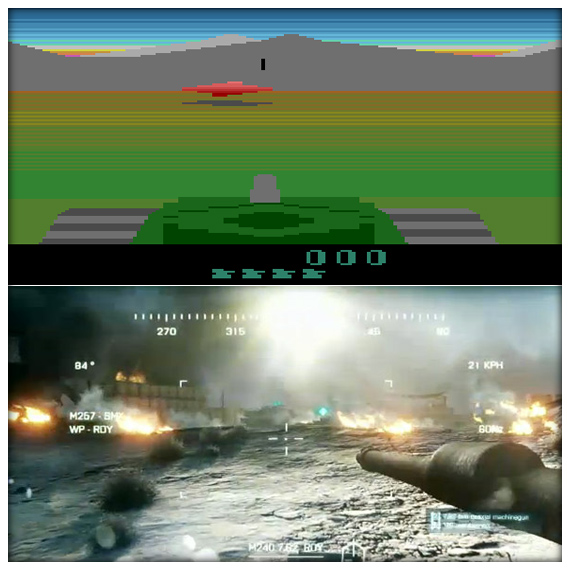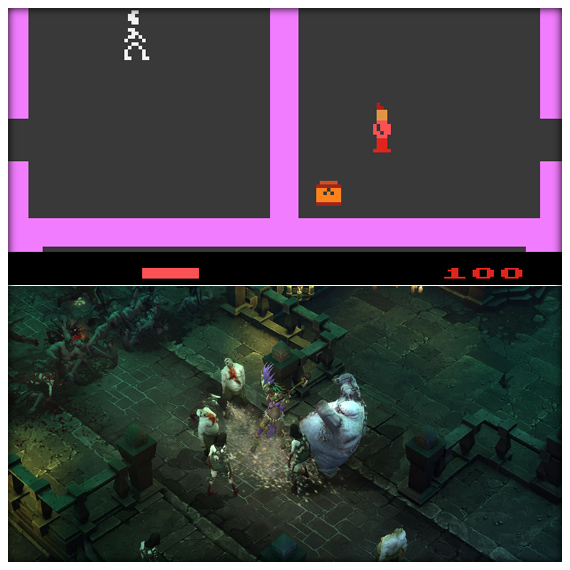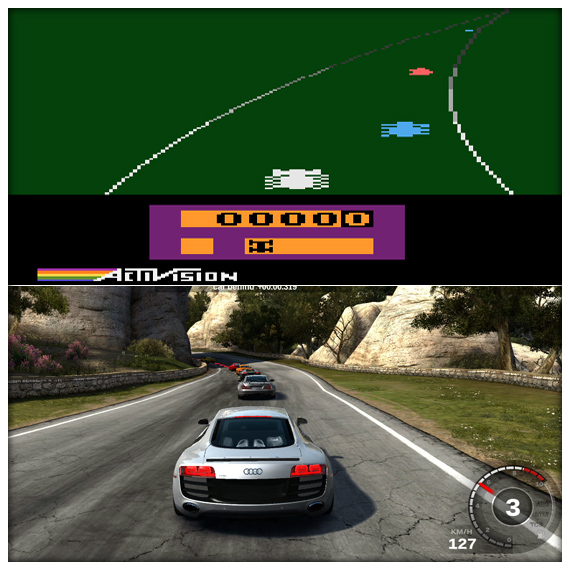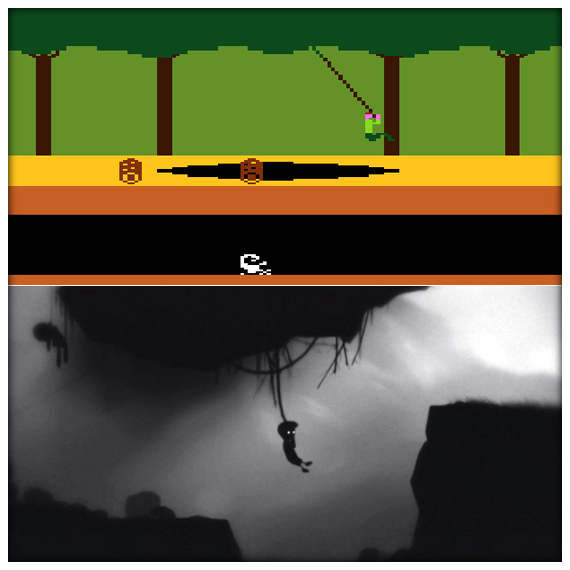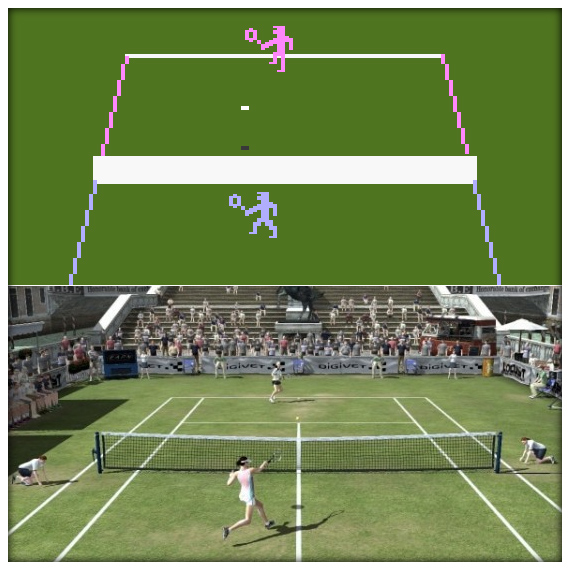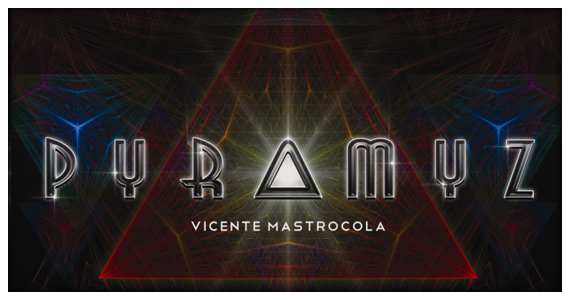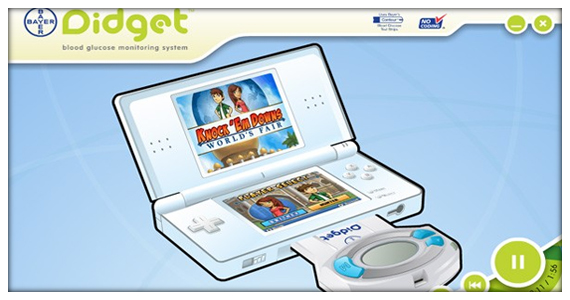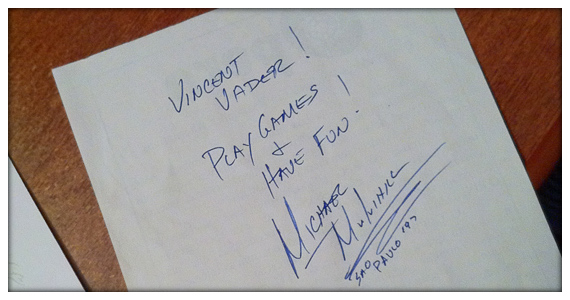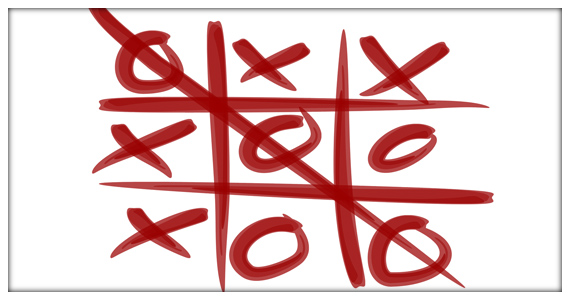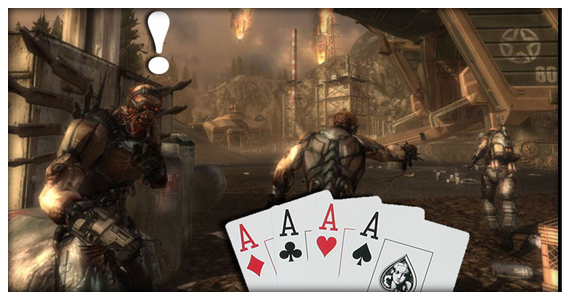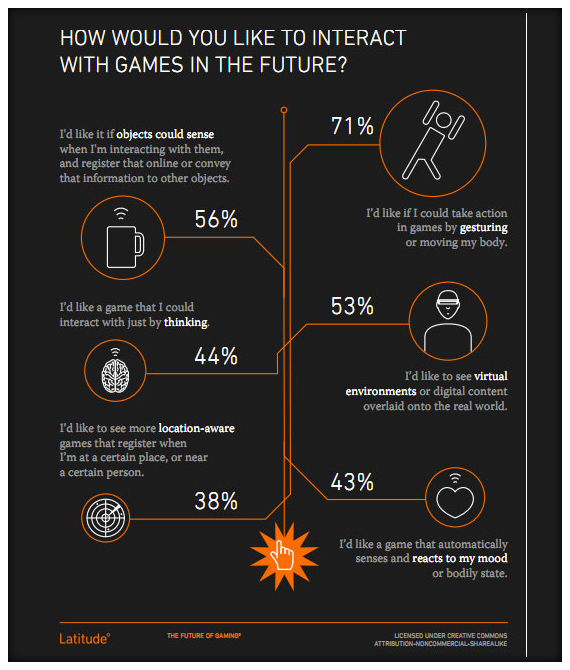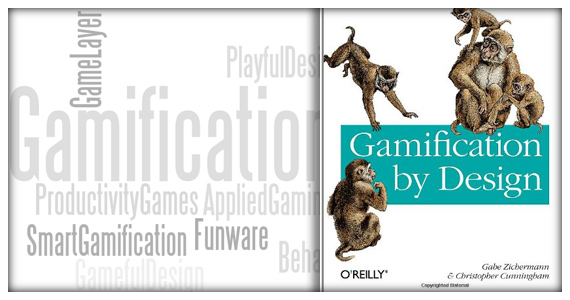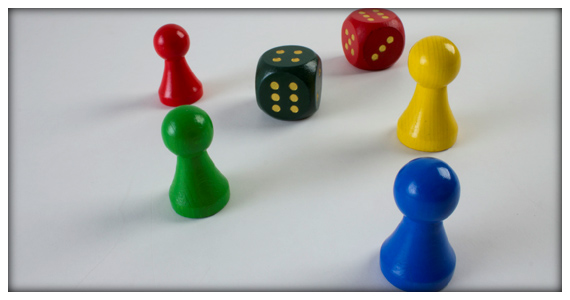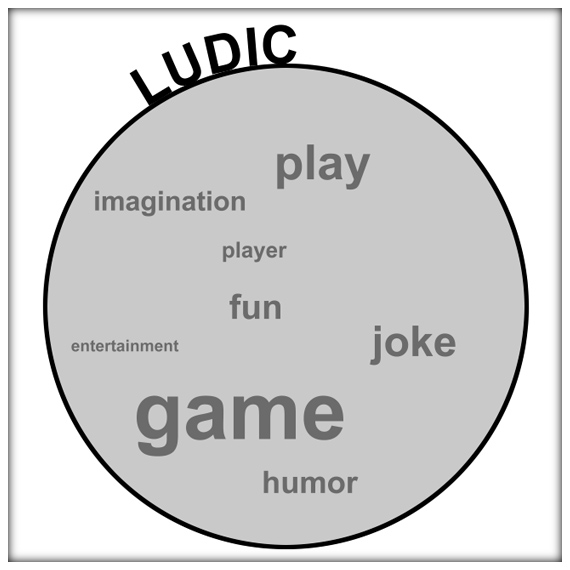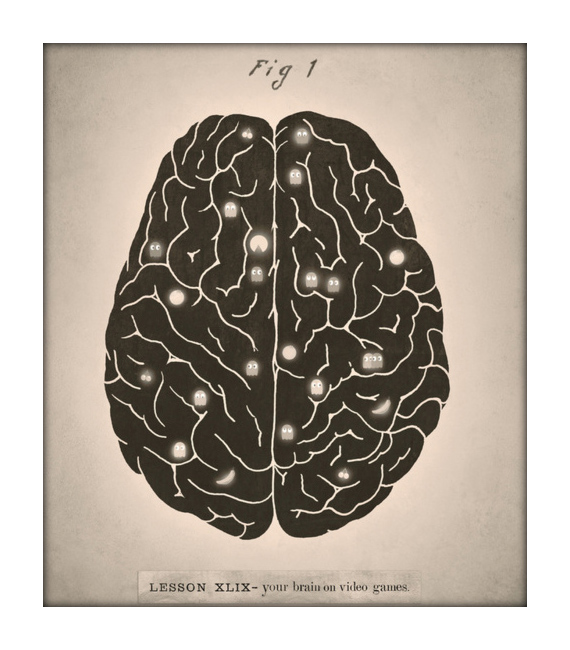I want to share an excellent text from the site Gama Sutra (
original link here)
**********************************
by Kris Graft
I started writing an article that was along the lines of "The top five takeaways of E3 2012." That included trends such as connectivity and integration of products (SmartGlass, PS3/Vita cross-play), Sony and Nintendo's lack of a spotlight on dedicated handhelds, and how there was little at E3 in the way of emerging business models and platforms.
Forget that, this is how I really feel.
E3 2012 was finally the E3 of my disillusionment with the so-called triple-A video game industry. And yes, it really did take this long.
On the grand stage in L.A., at the event that I've heard called the "Super Bowl of Video Games," the world's biggest video game publishers made clear at whom they would direct hundreds of millions of dollars of investment: Bloodthirsty, sex-starved teen males who'll high-five at a headshot and a free T-shirt.

What sealed the deal for me was this apparent obsession with violence and vulgarity. Violence in media doesn't bother me. Some of my favorite media (including games) utilizes violence in a very directed way. Self-aware gratuitousness can get a point across. Use violence as a satirical tool, by all means. Use it as a way to develop a tame character into one that becomes a psychopathic murderer.
But why use violence as a tool for narrative or storytelling, when using it as a marketing bullet point is so much easier?
Outside of Nintendo's dry product overviews, the main press conferences at E3 looked like a pissing match of who could say "fuck" more (ooo, bad words!), and who could show off the fanciest, highest-fidelity, most realistic up-close-and-personal (and virtually non-interactive) kill animations.
It's really kind of a shame. If you actually got to see some of these games beyond the trailers and scripted gameplay demos at E3, some actually weren't non-stop slaughter-fests, at least not to the degree to which trailers implied. Some of the violence, in context, made sense.
But if you were an average Joe who strolled into one of these E3 press conferences, and saw hundreds of people hoot and holler when a guy's face gets blown off in high-resolution detail, you might think you walked into an ancient Roman coliseum.
E3 2012 was unabashed pandering to the lowest common denominator, more than ever before. The video game industry wants to be respected as a medium that can be held up to the same creative standards as a New York Times best-selling book or an Oscar-winning movie. Instead, the games industry is complacent in further developing its relegation as a semi-interactive Michael Bay mocking bird.
I want to tell people who watched the livestreams of the press conferences that this is not representative of today's video game industry. There is so much good, so much innovation, so much progression that is happening in other areas of the industry. And people in these emerging areas are actually making some bank.
Attend a conference like CES, you can get an idea of what is sharpening the cutting edge. Go to Game Developers Conference, and you can hear the people who are working directly on games, and understand the challenges they are up against in an industry that is almost overwhelmingly -- yet beautifully -- dynamic in terms of business and creative.
Go to E3 and try to identify trends, you'll soon realize that you're looking into the past. E3 2012 could've been E3 2006. It is a museum without the informative placards. It's an archaeologist's dream. It's a reality show starring a washed-up rockstar. It's old gameplay. Old themes. A parade of old business models meant to pacify retailers, patting them on the head to assure them that they will be as relevant five years from now as they are today. E3 2012 was a fool's circus, more than any other E3 that I've been to. It insulted my intelligence, and insulted my enthusiasm for video games.
I have a friend who is working on a rather well-publicized game for a major handheld platform. He saw the intricate neck-stabbings, the bows and arrows, the line-up-your-reticle-on-that-guy's-head-and-repeat "gameplay," and the press-a-button-to-begin-a-kill-animation "game design." He said that seeing these games made him think, "I sure am glad that I'm making an actual video game." Anyone else who is making actual video games should be just as proud.
If you witnessed E3 as an intelligent enthusiast of video games, you realized the sad truth: The joy is dead, delight is gone. Joy and delight just aren't worth the monetary investment anymore for big-budget games. Joy and delight are replaced by "I fucked your shit up, and I'm a bad-ass, let's crack open a Dew." It took all of these games in one place for me to finally, reluctantly, admit that this is what triple-A video games are now. At least that's how E3 and triple-A game publishers apparently want to portray the world of video games. Are you not entertained?
